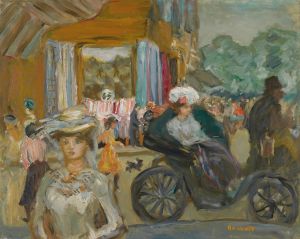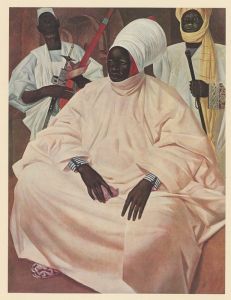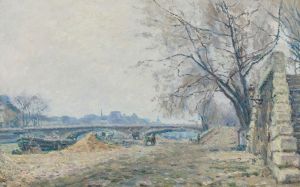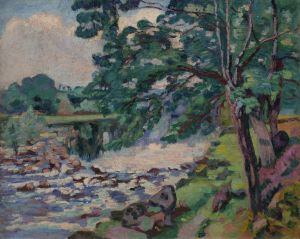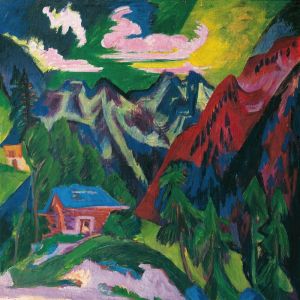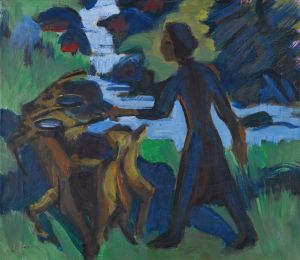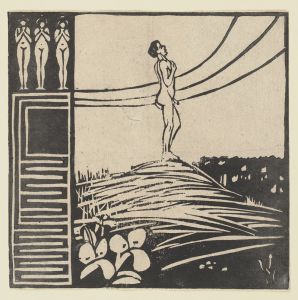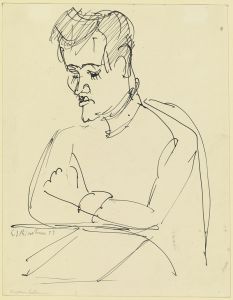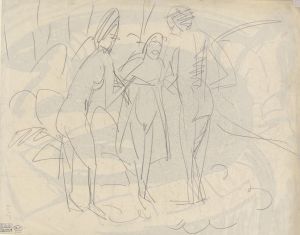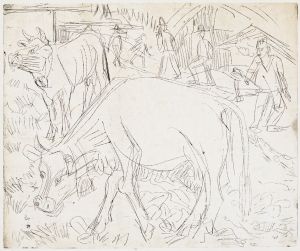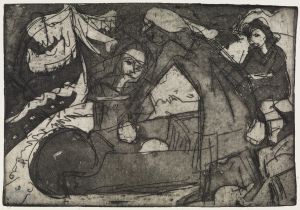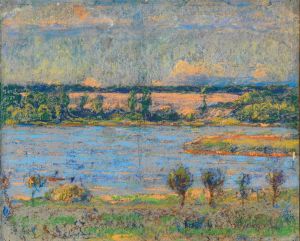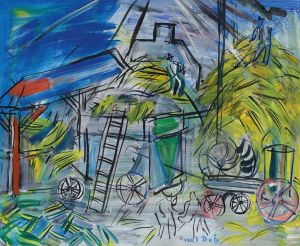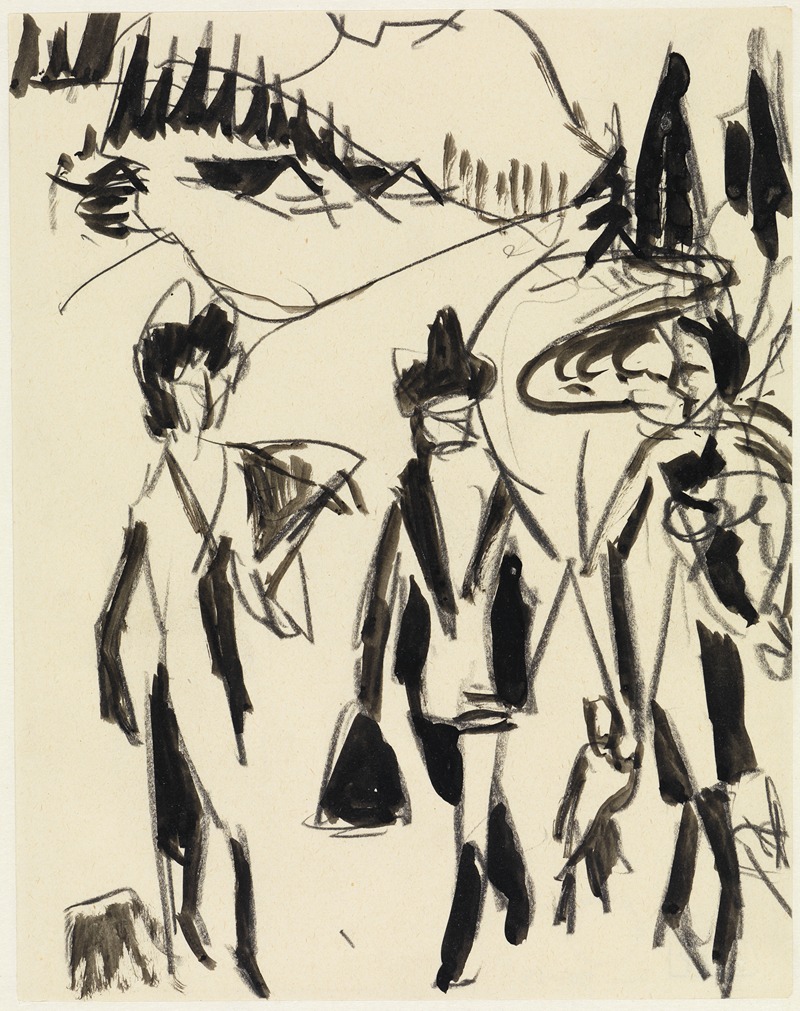
Drei Spaziergänger in einer Gebirgslandschaft
A hand-painted replica of Ernst Ludwig Kirchner’s masterpiece Drei Spaziergänger in einer Gebirgslandschaft, meticulously crafted by professional artists to capture the true essence of the original. Each piece is created with museum-quality canvas and rare mineral pigments, carefully painted by experienced artists with delicate brushstrokes and rich, layered colors to perfectly recreate the texture of the original artwork. Unlike machine-printed reproductions, this hand-painted version brings the painting to life, infused with the artist’s emotions and skill in every stroke. Whether for personal collection or home decoration, it instantly elevates the artistic atmosphere of any space.
Ernst Ludwig Kirchner was a prominent German expressionist painter and one of the founding members of the influential art group Die Brücke (The Bridge), which played a crucial role in the development of modern art in the early 20th century. Kirchner's work is characterized by its bold use of color, dynamic compositions, and emotional intensity. One of his notable works is "Drei Spaziergänger in einer Gebirgslandschaft" (Three Walkers in a Mountain Landscape).
"Drei Spaziergänger in einer Gebirgslandschaft" exemplifies Kirchner's expressionist style, which often sought to convey the emotional experience of the subject matter rather than a realistic depiction. This painting, like many of Kirchner's works, reflects his interest in capturing the vitality and movement of modern life, as well as his fascination with the natural world.
The painting depicts three figures walking through a mountainous landscape, a theme that Kirchner frequently explored in his work. The figures are rendered in a stylized manner, with elongated forms and exaggerated features, which is characteristic of Kirchner's approach to the human figure. The landscape itself is depicted with vibrant colors and dynamic brushstrokes, creating a sense of movement and energy that is typical of Kirchner's landscapes.
Kirchner's use of color in "Drei Spaziergänger in einer Gebirgslandschaft" is particularly striking. He employs a vivid palette to convey the emotional tone of the scene, using contrasting colors to create a sense of tension and drama. This use of color is a hallmark of the expressionist movement, which sought to evoke emotional responses from the viewer through bold and unconventional use of color and form.
The painting also reflects Kirchner's interest in the relationship between humans and nature. The figures in the painting are integrated into the landscape, suggesting a harmonious connection between the two. This theme is consistent with Kirchner's broader artistic vision, which often emphasized the unity of human beings with their environment.
Kirchner's work was deeply influenced by the social and political upheavals of his time. The early 20th century was a period of rapid change and uncertainty, and Kirchner's art reflects the anxieties and aspirations of this era. His paintings often convey a sense of restlessness and unease, capturing the spirit of a world in transition.
"Drei Spaziergänger in einer Gebirgslandschaft" is an important example of Kirchner's contribution to the expressionist movement and his exploration of modern life and the natural world. The painting is a testament to Kirchner's skill as an artist and his ability to convey complex emotions through his work.
Throughout his career, Kirchner faced numerous challenges, including personal struggles and the impact of World War I. Despite these difficulties, he remained a prolific and influential artist, leaving a lasting legacy on the art world. His work continues to be celebrated for its innovative approach and emotional depth, and "Drei Spaziergänger in einer Gebirgslandschaft" remains a significant piece within his oeuvre.





